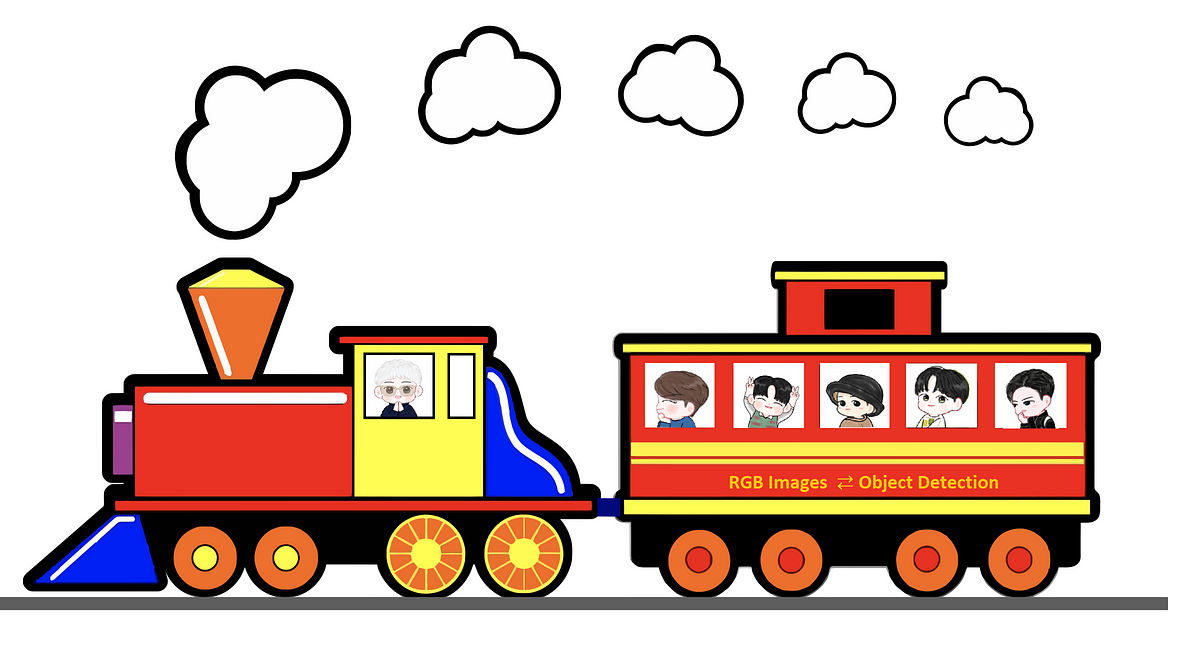Welcome! After completing our journey to station number 1, we are now about to begin our ride to the second station. If you need assistance, please click on either of the links: Facebook, LinkedIn, Instagram, _Quora _to contact the driver. Get your tickets of ‘time’ and we will start!
Special thanks to @Igot7Linn on Twitter and @art.soopified on Instagram.
Nature uses only the longest threads to weave her patterns so that each small piece of her fabric reveals the organization of the entire tapestry.
-Richard Feynamnn
The more we explore those tapestries, the more fascinating the world around us seems. One such example would be the Fibonacci sequence.
Fibonacci Spiral observed in a seashell
But there lie more fascinating patterns that may not be as simple. And we humans are very much curious about recognizing them.
Consider the case of Iris Flowers. (Beautiful! Aren’t they?)

Iris Flowers
A British statistician and geneticist, Ronald Fisher used a dataset of these flowers ( which was collected by Dr. Edgar Anderson) to classify three types of iris flowers (Iris setosa, virginica, and Versicolor) using the widths and lengths of their petals and sepals. Basically he was looking for a pattern among the _features _(widths and lengths of petals and sepals) that would allow him to link that pattern to the respective class or type of flower(Iris Setosa, Virginica, and Versicolor). He evaluated magical (statistical) parameters to recognize which pattern belonged to which class. But what precisely did he do for that? He used the technique of Linear Discriminant Analysis. I’d recommend to read out his paper if you want to know more.
With this, let me introduce a few definitions:
- A pattern is an arrangement of features.
- A pattern class is a family of patterns that share some common properties.
- Pattern recognition by machine involves techniques for assigning patterns to their respective classes-automatically and with as little human intervention as possible.
- The common pattern arrangements used in practice are vectors. Pattern vectors are represented as:

where each component _xᵢ _isrepresented as the iₜₕ feature and _n _is the total number of such features associated with the pattern.
In the case of Iris Dataset, the pattern vector consists of four elements (length and the width of sepal and petal). The three pattern classes correspond to the varieties setosa, virginica, and versicolor.

Petal and sepal width and length measurements (see arrows) performed on iris flowers for the purpose of data classification. The image shown is of the Iris virginica class.
Now, allow me to present you with a beautiful plot from the Iris Dataset. For simplicity, I have plotted only 2 features: sepal length and petal length for 2 classes: setosa and versicolor.

The graph plotted for 2 classes: Iris Setosa and Iris Versicolor of Iris Dataset.
Let us say I want a device(algorithm) that learns the pattern of these two classes and provides me with a boundary that separates the two classes. The boundary would essentially represent an equation of a line. But how do I find that equation? For this let us understand a perceptron.
Perceptron
In essence, a perceptron learns a linear boundary between two linearly separable pattern classes We will consider the perceptron model for two pattern classes.

Fig. 1 Perceptron Model for two pattern classes
The output of this device is based on a weighted sum of its inputs; that is,

which is a linear function with respect to the components of the pattern vectors? The coefficients ωᵢ , i= 1,2,. . . , n, n + 1 called weights, modify the inputs before they are summed and fed into the threshold element. The last weight that is not multiplied by any coefficient is often referred to as the bias. The function that maps the output of the summing junction into the final output of the device sometimes is called the activation function.
The equation for the decision boundary that separates the two datasets will be obtained by equating d(x) to zero:

or

or in vector form as

where** w **and x are n-dimensional column vectors and the first term is the dot (inner) product of the two vecto
#iris-dataset #object-detection #pattern-recognition #perceptron-algorithm #perceptron #algorithms

